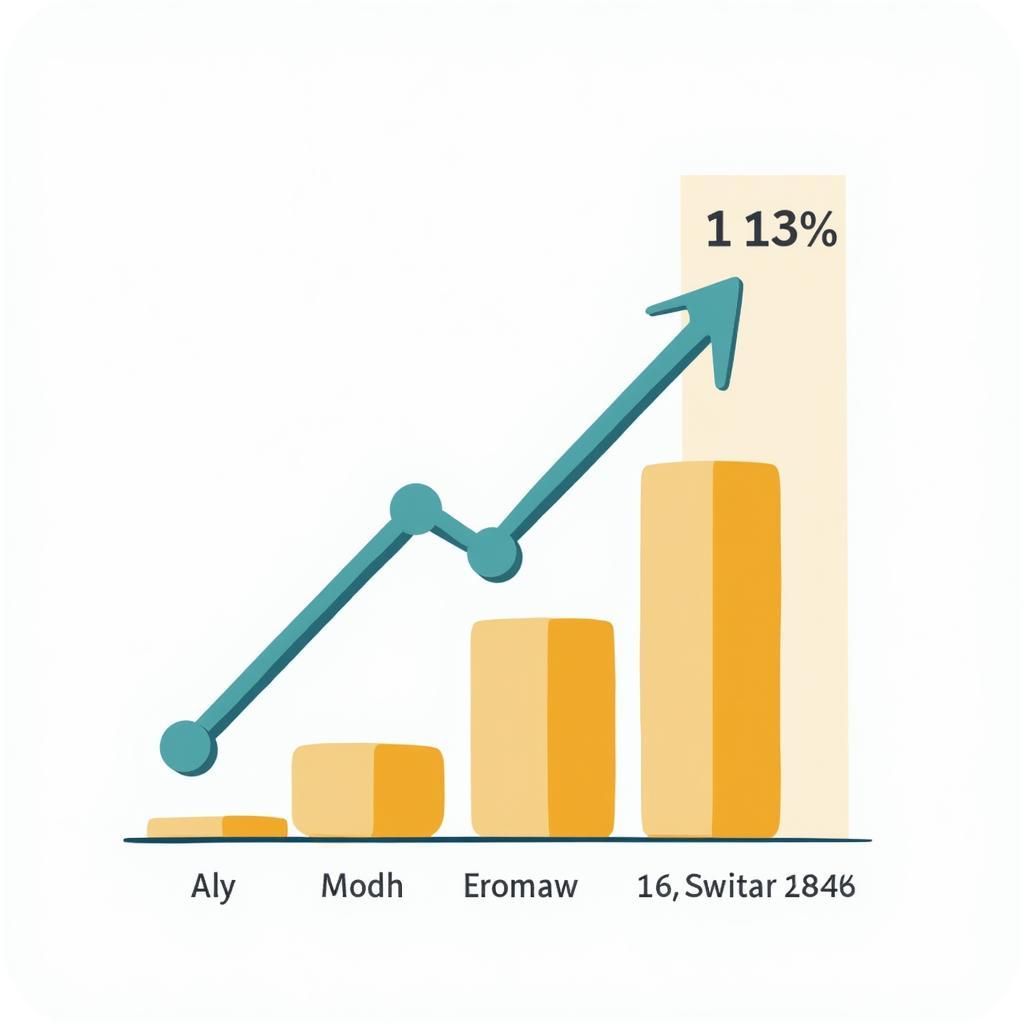The ASEAN region presents a dynamic landscape for trade and commerce, underpinned by diverse regulations and standards. Understanding and navigating the complexities of “ASEAN inspection” is crucial for businesses operating within this vibrant market. This guide aims to shed light on the intricacies of inspection procedures, ensuring compliance and facilitating seamless trade operations within the ASEAN bloc.
Decoding “ASEAN Inspection”
“ASEAN inspection” broadly encompasses the procedures and mechanisms employed to verify the conformity of goods and products with stipulated standards and regulations within the ASEAN region. It plays a pivotal role in ensuring the quality and safety of goods traded across borders, fostering consumer confidence, and facilitating fair trade practices.
Several key aspects define the scope of “ASEAN inspection”:
- Harmonized Standards: ASEAN nations collaborate to develop and adopt harmonized standards for various products and sectors, striving to streamline regulatory requirements and reduce technical barriers to trade.
- Conformity Assessment Procedures: These procedures, ranging from testing and certification to factory audits, aim to assess the compliance of products with established ASEAN standards.
- Mutual Recognition Arrangements (MRAs): MRAs between ASEAN member states facilitate the acceptance of conformity assessment results conducted in one country by other member states, simplifying trade processes and reducing duplication of efforts.
The Importance of ASEAN Inspection
The significance of “ASEAN inspection” is deeply intertwined with its contribution to several key objectives:
- Consumer Protection: By verifying product safety and quality, inspection regimes safeguard consumers from substandard or hazardous goods.
- Fair Trade Practices: Standardized inspections promote a level playing field for businesses operating within the ASEAN market, preventing unfair competition arising from discrepancies in quality or compliance.
- Trade Facilitation: Harmonized standards and MRAs streamline cross-border trade, reducing time-consuming and costly inspection procedures at different points of entry.
Navigating the Inspection Landscape
Successfully navigating the terrain of “ASEAN inspection” requires businesses to adopt a proactive and informed approach:
- Identify Relevant Standards: Businesses must determine the specific ASEAN standards and technical regulations applicable to their products. Online databases and consultation with industry experts can provide valuable guidance.
- Engage with Accredited Bodies: Seek out accredited conformity assessment bodies for testing, certification, or inspection services. Ensure the chosen body holds the necessary accreditations and recognitions.
- Understand Documentation Requirements: Prepare and submit accurate documentation, including test reports, certificates of origin, and declarations of conformity, adhering to stipulated formats and requirements.
- Leverage MRAs: Utilize existing MRAs to streamline the acceptance of conformity assessments conducted in other ASEAN member states, optimizing time and costs.
- Stay Updated: Remain informed about changes in regulations, emerging standards, and updates to MRAs, ensuring ongoing compliance and adapting business practices accordingly.
Conclusion
“ASEAN inspection” stands as a cornerstone of the region’s commitment to fostering a safe, transparent, and efficient trading environment. By understanding the framework, engaging with accredited bodies, and staying abreast of regulatory developments, businesses can navigate this landscape effectively, unlocking the full potential of the ASEAN market while contributing to its continued growth and prosperity.
FAQ
1. What are the major challenges associated with ASEAN inspection?
While ASEAN strives for harmonization, variations in implementation and interpretation of standards across member states can pose challenges. Additionally, keeping pace with evolving regulations and ensuring consistent application of MRAs require ongoing effort.
2. What are the consequences of non-compliance with ASEAN inspection requirements?
Non-compliance can lead to shipment delays, rejection at customs, penalties, and damage to brand reputation. In some cases, it may even result in legal action.
3. What are some valuable resources for businesses seeking information about ASEAN inspection procedures?
The ASEAN Secretariat website, national standards organizations of member states, and industry associations provide valuable information on standards, regulations, and accredited conformity assessment bodies.
4. How can businesses stay updated on changes in ASEAN inspection regulations?
Subscribing to newsletters from relevant authorities, attending industry workshops, and engaging with consultants specializing in ASEAN trade compliance are effective ways to stay informed.
5. What is the role of technology in facilitating smoother ASEAN inspection processes?
Digital platforms for document submission, online tracking of shipments, and real-time information sharing among stakeholders are emerging to streamline inspection processes and enhance transparency.
Need More Information?
For further assistance regarding ASEAN inspection or any other ASEAN-related matters, please contact us at:
- Phone: +84 369 020 373
- Email: aseanmediadirectory@gmail.com
- Address: Thon Ngoc Lien, Hiep Hoa, Bac Giang, Vietnam
Our dedicated team is available 24/7 to provide support and guidance.

